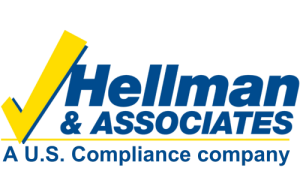H&A Standard Introduction
Talking Points:
Right to Know & Understand
The purpose of the Hazard Communication Standard is to help employees understand the potential hazards of the chemicals in use at their worksite. The hazcom standard is one of the most commonly cited standards each year. The major requirements of hazcom are chemical inventory, labeling, safety data sheets and training.
Chemical Inventory
A list of all chemicals used in the workplace must be present and available to all employees. This list should be updated as new chemicals are purchased or items are removed from the site.
Labeling
Three major container types:
- All primary containers (from the manufacturer) are required to have hazard statements, pictograms, a signal word (danger or warning), precautionary statements, product identifier, and supplier identification.
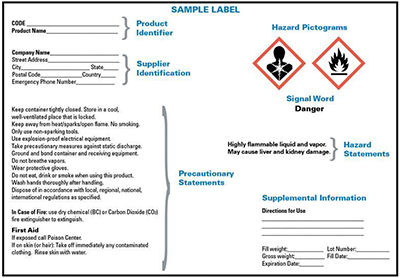
- All secondary containers are required to be labeled with the chemical name and primary hazards. Unless your company produces chemicals, these are the most common labels that employees are responsible for. You can use NFPA diamonds, HMIS rectangles, GHS pictograms or other means to communicate the hazard
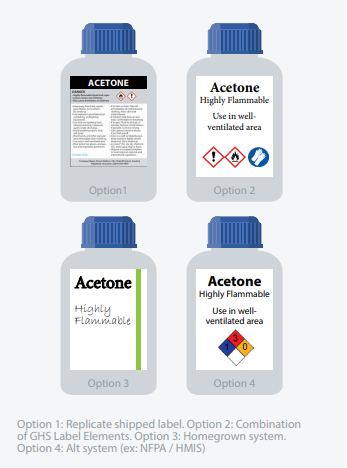
- Portable containers that are only intended for immediate use by the employee who performs the transfer are not required to be labeled as long as they are emptied completely before left unattended. An example of a portable container might be a measuring container or a mop bucket.
Other important things about labeling:
- Never put hazardous chemicals into drink containers
Safety Data Sheets
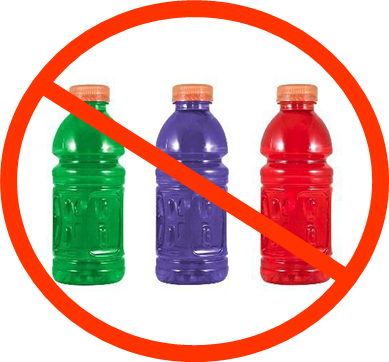
All Safety Data Sheet (SDS) consist of a 16-section document that explains all the required chemical information. Every chemical stored or used at a workplace should have a corresponding SDS. All SDSs should be in a readily available area for every employee to access. An SDS should also be presented to an employee in a language they can read and understand. Important sections to reference (see attached SDS example – you could zoom in on each one of these in your video)
- Section 1 – Chemical Identification
- Section 2 – Hazard(s) Identification
- Section 4 – First Aid Measures
- Section 7 – Handling & Storage
- Section 8 – Exposure Controls/Personal Protection
Other ImportantInformation
- On primary labels and SDSs there are important pieces of hazard information:
- The two signal words are DANGER or WARNING and will be on all SDSs and primary containers. Danger represents a more serious hazard.
- There are nine pictograms indicating health, physical and environmental hazards. They will be accompanied by hazard statements, but having a general idea of their meaning is helpful when reading labels.
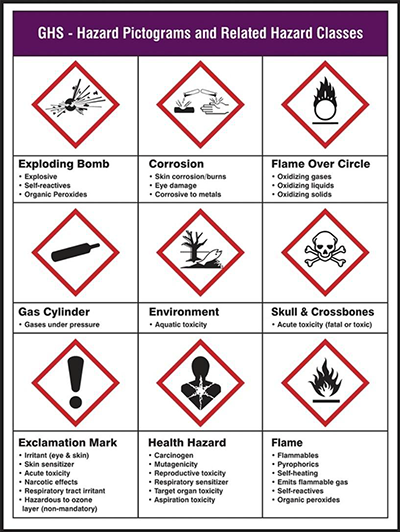
If you perform any non-routine tasks with chemicals, you don’t normally work with, STOP, review the SDS and label in detail and ensure you have the proper protection. You may also be provided chemical specific training by your supervisor or other employee.
